The South America Herbal Medicine Market is a dynamic and rapidly evolving sector characterized by a growing consumer interest in natural and organic remedies as alternatives to conventional pharmaceuticals. With an increasing awareness of health and wellness, consumers are turning towards herbal products for preventive healthcare and to maintain overall well-being. The market is witnessing a surge in demand fueled by a blend of traditional practices and modern-day research validating the efficacy of various herbal remedies.
Companies in this space are capitalizing on the cultural heritage of the region, which is rich in biodiversity and encompasses a wide variety of plants known for their medicinal properties. Competitive strategies are increasingly focusing on product innovation, branding, and establishing a solid market presence to capture the evolving needs and preferences of consumers in South America.
Yogi Teas has successfully positioned itself as a prominent player within the South America Herbal Medicine Market by offering a variety of herbal teas that focus on health benefits, flavor, and holistic wellness. The brand emphasizes an organic and sustainable approach to sourcing its ingredients, appealing to health-conscious consumers who prioritize natural products. The strength of Yogi Teas lies in its commitment to quality and transparency, ensuring that customers can trace the origins of their herbs and the methods used in their production.
The company has established a broad distribution network across key markets within South America, making its products readily available in both retail and online platforms. This widespread market presence, combined with innovative marketing strategies that resonate with the values of South American consumers, positions Yogi Teas favorably in a competitive landscape.
Traditional Medicinals is another notable entity within the South America Herbal Medicine Market, renowned for its focus on creating high-quality herbal products that are both effective and accessible. The company offers a range of herbal teas, tinctures, and dietary supplements that cater specifically to consumer needs in the region. Traditional Medicinals actively incorporates local herbs known for their specific health benefits, which strengthens its connection with the South American market. The brand is recognized for its ethical sourcing and strong commitment to sustainability, which resonates well with environmentally conscious consumers.
Furthermore, the company has pursued strategic partnerships and collaborations to enhance its product offerings and market penetration, allowing it to stay competitive. Through ongoing innovation and engagement with consumers, Traditional Medicinals continues to build its reputation and strengthen its foothold in the South American herbal medicine sector.


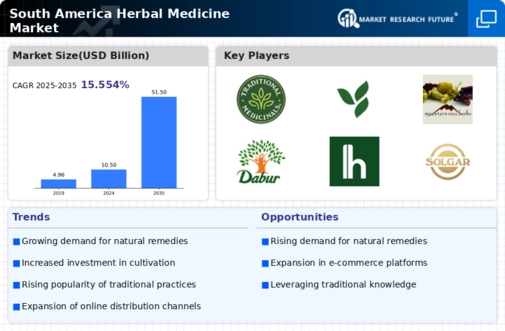
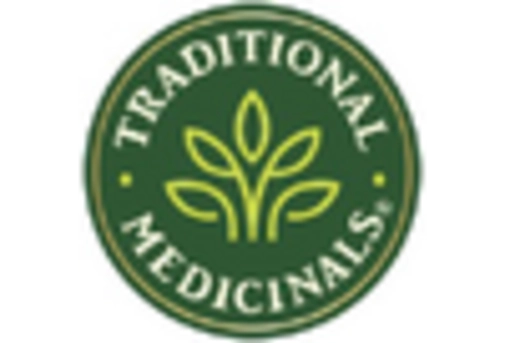
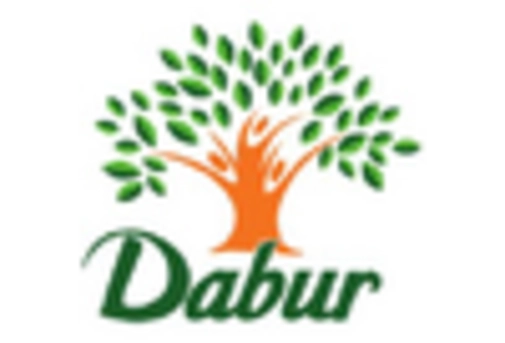

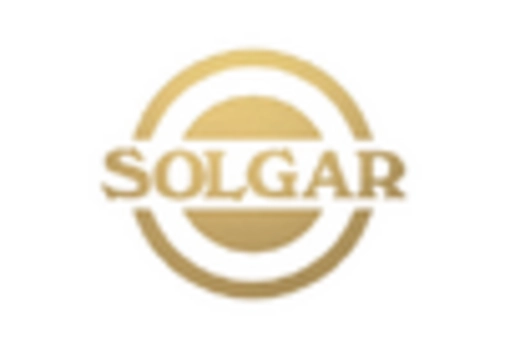
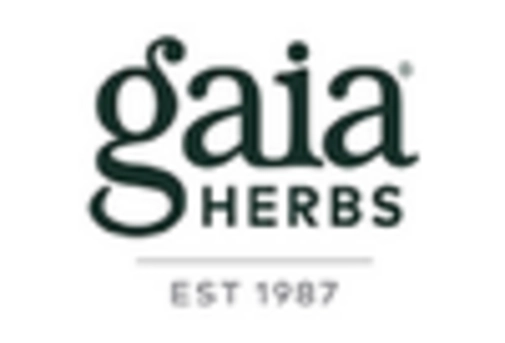

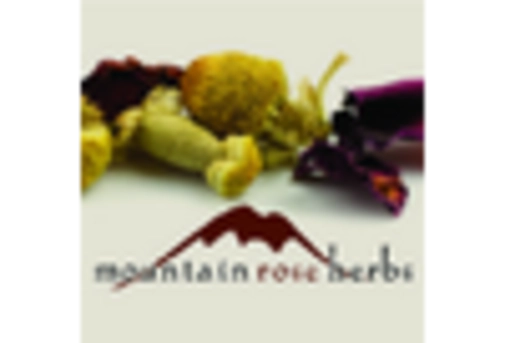








Leave a Comment